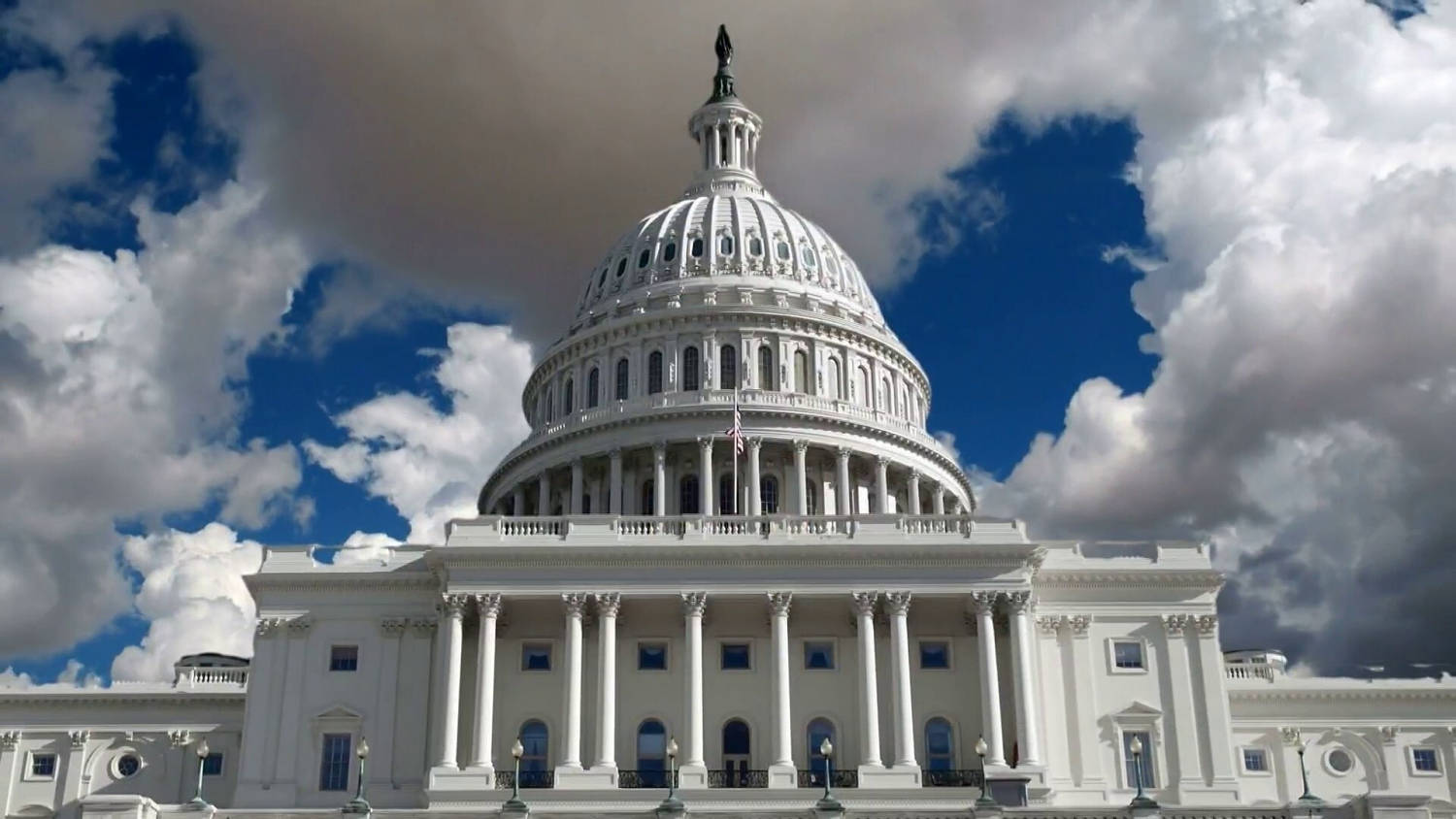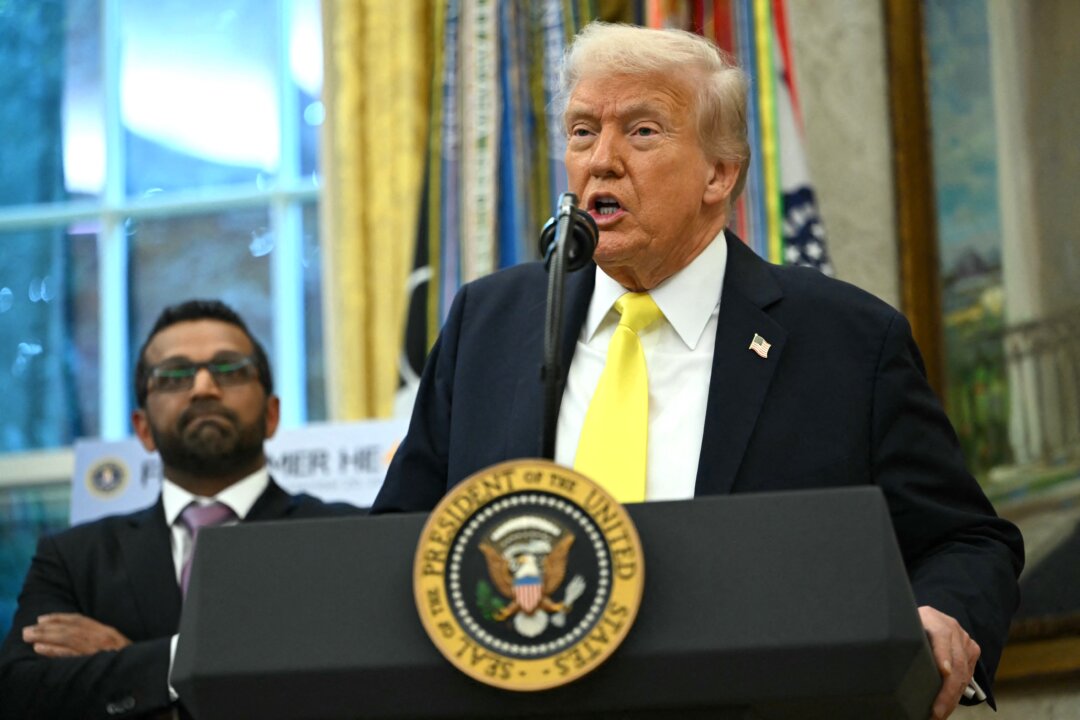Read the business section of any news outlet these days and you’re likely to confront two contradictory messages about the state of the nation’s economy.
The first celebrates a heady stock market, with market highs begetting market highs and billionaires edging toward trillionaire status. This narrative is often buttressed by a rosy headline statistic or two. Indexes like theDow Jones Industrial Average and theS&P 500 are at or near record highs. Investors, it seems, are sanguine not only that things are good but that they’re poised to be even greater.
The second worries about rising risks and mounting fragility — weakening lending standards, increased borrowing and vivid accounts of middle- and lower-income Americans “hanging on by their fingernails.” Inflation is on the rise — partly, some say,driven by new tariffs — the job market is cooling, andhousehold debt continues to climb. Even the Federal Reserve’s independence is under scrutiny, raising concerns about the stability of the capital markets. Meanwhile, advances in artificial intelligence portend labor market disruptions, particularly for white-collar workers.
Both narratives are true, but they cannot coexist for long.
Washington has a long habit of permitting news from Wall Street to obscure other perspectives. Both Republicans and Democrats, particularly when they are in power, look to the stock market as a barometer for the economy’s overall health and as an oracle for where it’s headed. President Joe Biden, for example, who initially planned to run for re-election on the strength of “Bidenomics,”once tweeted that strong market returns indicated “confidence in the American economy." And President Donald Trump is even more explicit. As he put it inone speech: “Three weeks ago, they were saying, ‘Recession, recession’. They were hoping for a recession because maybe that would hurt our chances of doing all of the things that we’re doing. But we’re getting ready, it looks like, to hit another great milestone, another great all-time stock market record.”
What neither side of our political system fully understands is that Wall Street isn’t particularly focused on the overall health of the economy, certainly as it affects low- and middle-income Americans. Markets think in quarters and years, in profits and returns. Families — and voters — plan for lifetimes and focus on practical needs like food on the table, a stable home, time with loved ones and access to education. Washington too often mistakes Wall Street’s short-term optimism for evidence of long-term health, leading to policy complacency even while household balance sheets erode.
In short, there’s a lot that Washington doesn’t understand about Wall Street and a lot that Wall Street doesn’t understand about the broader American economy.
Let’s start with that last part.
What Wall Street Gets Wrong About the Economy
It’s an old story.
“The market can stay irrational longer than you can stay solvent,” economist John Maynard Keynes famously quipped, and the past century has proven him right. In the years leading up to the 1929 crash, the warning lights flashed even as stock prices blazed higher. Between 1926 and 1928,inflation-adjusted pre-tax income for the bottom half of Americans slipped 1.4 percent, and fell 2.4 percent for the middle 40 percent. The top 10 percent enjoyed a 0.25-percent gain — thanks in no small part to a roaring stock market. Consumer spending on big-ticket items such as automobiles was already stalling,deflation had taken hold, andreal output began to contract months before the market collapsed. Yet, theDow Index kept climbing — it rose from 161 in September 1926 to 362 three years later. Gravity only finally reasserted itself just before the economy unraveled.
The same dynamic resurfaced during the late-1990s dot-com boom, when Alan Greenspan warned of “irrational exuberance” even as valuations soared. A decade later, surging home prices created the illusion of prosperity even as record household debt revealed howfragile the economy had become — culminating in the 2008 financial crisis. Today’s rally carries the same whiff of willful blindness.
Wall Street, of course, has its reasons. Betting against the market has rarely paid off, and capital is perpetually in search of a home. U.S. equities have, over the past two decades, offered steadier and stronger long-term returns than bonds and — despite occasional spurts of outperformance overseas — most foreign markets as well. For many investors, even those skeptical about near-term policy or economic headwinds, the expectation that the American economy will keep expanding over the long haul makes domestic equities the default destination for capital.
What’s more, what’s bad news for ordinary Americans — like inflation and unemployment — isn’t necessarily as bad for Wall Street. Companies can raise prices to hedge inflation, boosting nominal earnings even as household purchasing power erodes. And a softer labor market can even be welcomed if investors believe it will prod the Fed to cut rates while consumer spending stays resilient.
The S&P 500 itself is no mirror of the broader U.S. economy: It is dominated by large multinationals able to better navigate tariffs and other shocks that batter smaller firms. Technology giants alone make up roughly a third of the index’smarket capitalization, even though the information sector represents only about 5 percent of GDP andless than 2 percent of U.S. jobs. Small businesses, by contrast,employ nearly half the nation’s workforce and accounted for more than half of thejobs created between the beginning of 2021 and the summer of 2024.
Add to that three pieces of conventional wisdom that also drive market optimism. The first is the conviction that an AI revolution — bolstered by fiscal stimulus and deregulation — will unlock a new wave of productivity. Others are more skeptical, worrying that the disruptions born from the boost may, at least temporarily,undermine the positive effects — or may even disappoint in the long run. The second is that while the dollar will almost certainly remain the world’s reserve currency over the medium term, the country’sfiscal unsustainability, and questions about the Federal Reserve Board’s continued independence, hasclouded the picture farther out. Finally, Wall Street is convinced that the spending power of the wealthiest 20 percent of Americans can carry the rest. (More on this below.)
In the short run, betting on the market’s upturn may be rational. But short run is the key phrase. Markets don’t exist in a vacuum, and long-term conditions can change incrementally in ways the markets can’t and won’t fully price, if price at all, until it’s too late.
Optimism has a cost.
What Washington Gets Wrong About the Markets
The flipside of Wall Street’s optimism is too often overlooked in Washington.
We see this in the way the current administration is pursuing policies that may carry broader economic downsides but have not deterred Wall Street’s rally. Tariffs may boost some domestic producers and workers, but over time, particularly where they are excessive, they can hurt overall competitiveness and slow growth — costs the market struggles to price amid an administration whose trade policy can shift with little notice. Immigration restrictions tell a similar story: A new $100,000 fee on H1-B visas and tighter rules for international students make it harder for U.S. firms to attract the high-skill talent that fuels innovation. And cuts to federal funding for basic scientific research risk dulling the edge of future breakthroughs. All of those will have impacts that are hard to anticipate on a quarter-by-quarter basis.
Even if the markets priced all those risks flawlessly, their story still diverges sharply from life on the ground. And it’s life as lived on the ground that Washington is held responsible for — and that voters will punish politicians for if they get it wrong.
There’s no doubting that a wide swath of Americans’ financial fortunes aretied up in the stock market — more than half are invested in some way, even if the bulk of investmentskews to the wealthy. Even so, many Americans have endured stagnation and downward mobility even through the stock market’s boom. Over the past 20 years, nominalmedian earnings have grown just 91 percent whilethe cost of maintaining a minimal quality of life has climbed nearly 100 percent, according to my colleagues at the Ludwig Institute for Shared Economic Prosperity (LISEP) — resulting in a 4 percent loss of purchasing power for the median worker.LISEP’s True Living Cost index shows that the price of essentials — housing, food, transportation, healthcare — has risen 1.3 times faster than the CPI since 2001.One in four workers is functionally unemployed, meaning they want, but have not secured, full-time work at above-poverty wages. The result: more debt, more insecurity and a generation of Americans who feel the dream slipping away.
The top 20 percent of earners now capture more than half of all U.S. income growth, and the bottom 60 percent take home barely22 percent of national disposable income — far below the roughly 39 percent needed to sustain a minimal standard of living. And trends for middle- and lower-income Americans have been getting worse over the last 25 years. Is it any wonder that voters across the spectrum express such deep disillusionment?
This is what Wall Street neglects — and what policymakers cannot afford to ignore. Betting against the market may be risky, but for Washington, betting against the economic well-being of the majority of Americans is reckless.
If these trends continue, we are headed into a serious economic storm. Early warning signs are everywhere. Food-bank networks reportrecord demand, even in states with low official unemployment. Credit-card and auto-loan delinquencies have climbed back tolevels last seen before the 2008 crisis. And surveys show nearly 60 percent of Americansdon't have enough savings to cover an unexpected $1,000 expense.
Ignoring their plight already helped fuel political upheavals in recent years. The Tea Party and Occupy movements that emerged more than a decade ago were powerful — but were born largely on the political fringe. Today, that sort of vitriol is much more mainstream, and the notion that partisans on the other side of the divide are not only wrong but evil seems all too banal. If Washington continues to steer by the stock ticker, it risks not only bad policy but the kind of social unrest that history teaches is inevitable when leaders confuse market euphoria with economic reality.
The way forward is clear: Washington needs to stop treating Wall Street as an oracle. A rising market is no substitute for a rising real standard of living. We all need to begin measuring success by whether working families can afford rent, groceries, healthcare, education and reliable transportation to work. And those judgments should hold water regardless of what the Dow does the next day.
.png)















 English (US)
English (US)